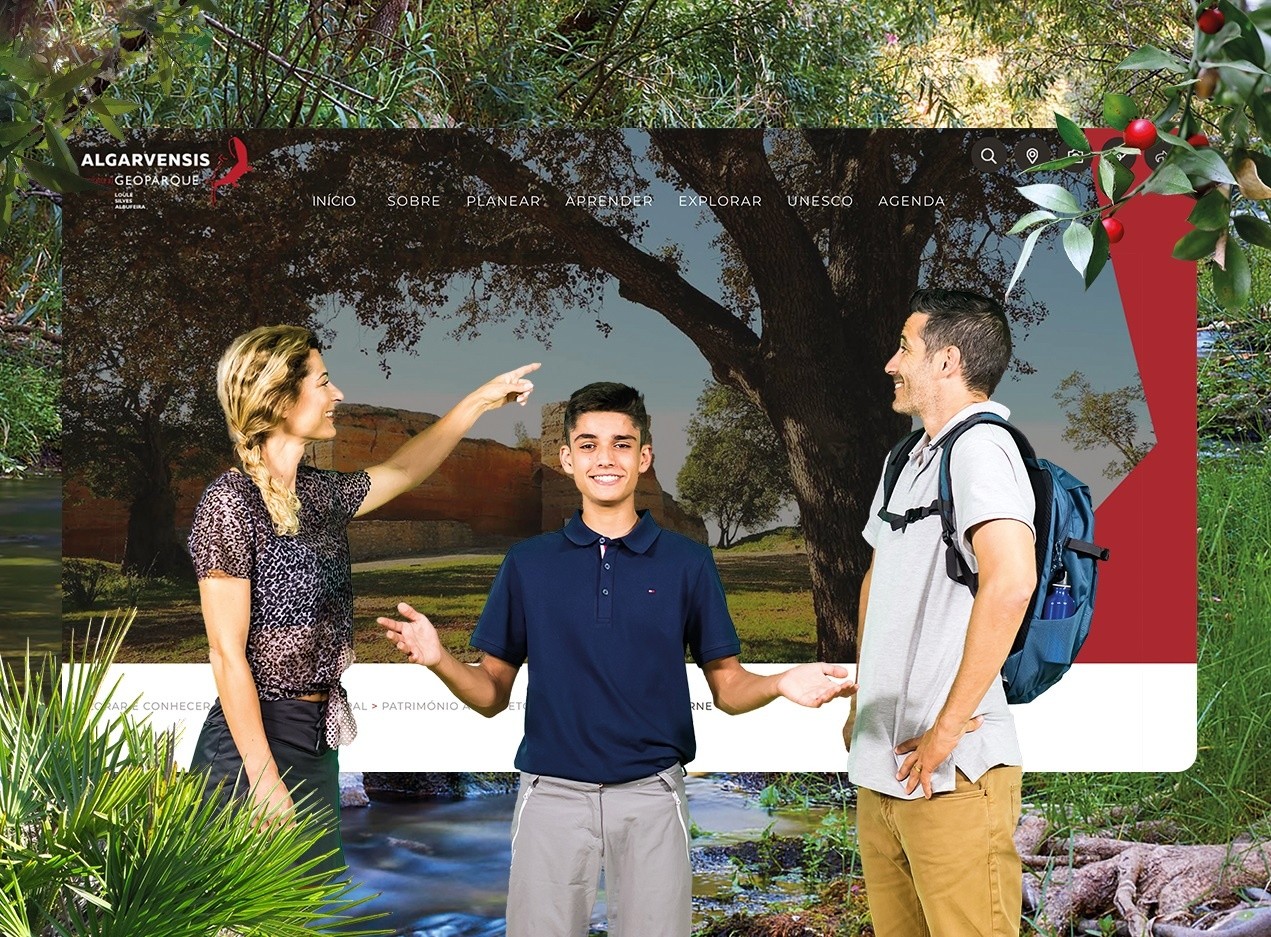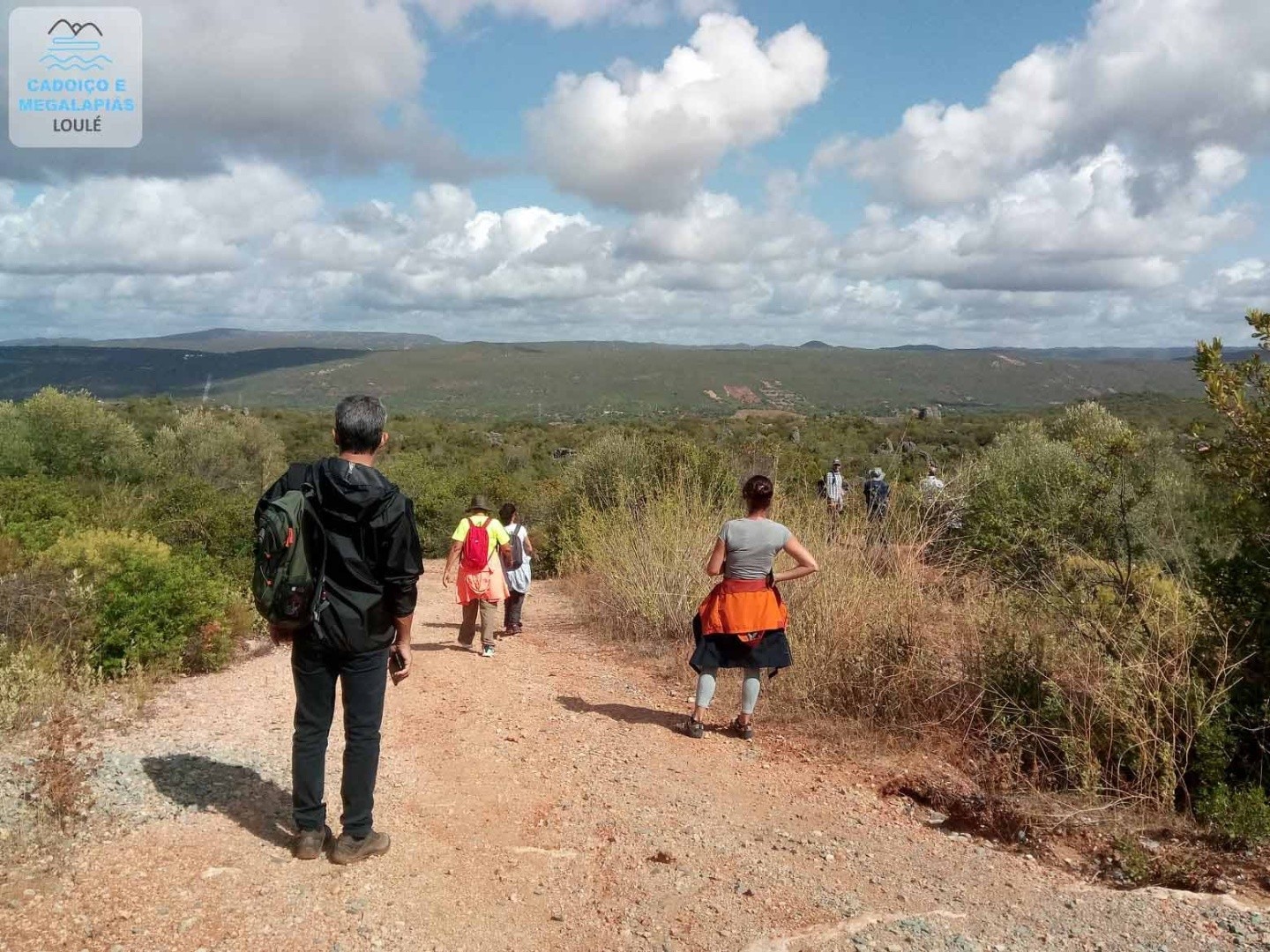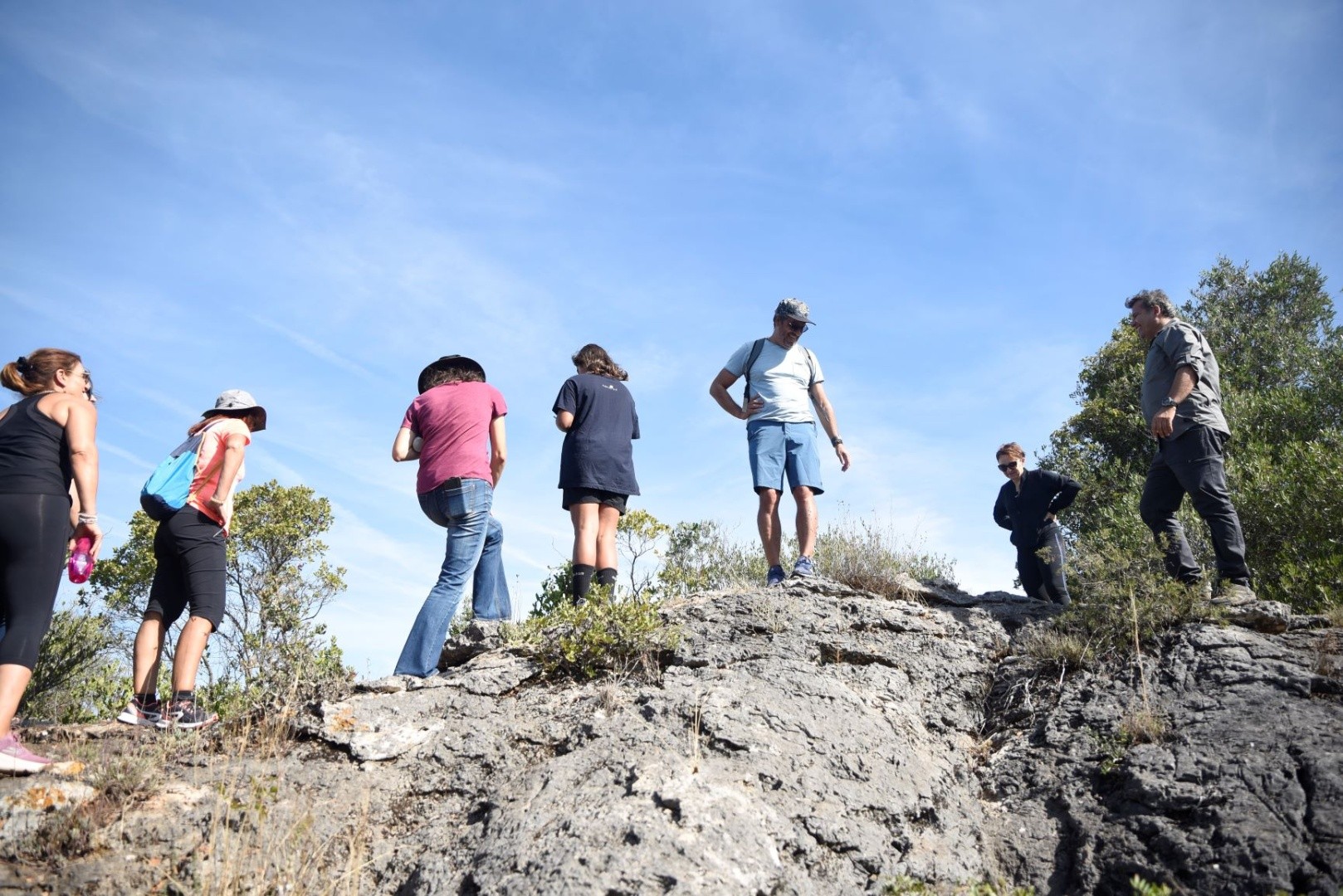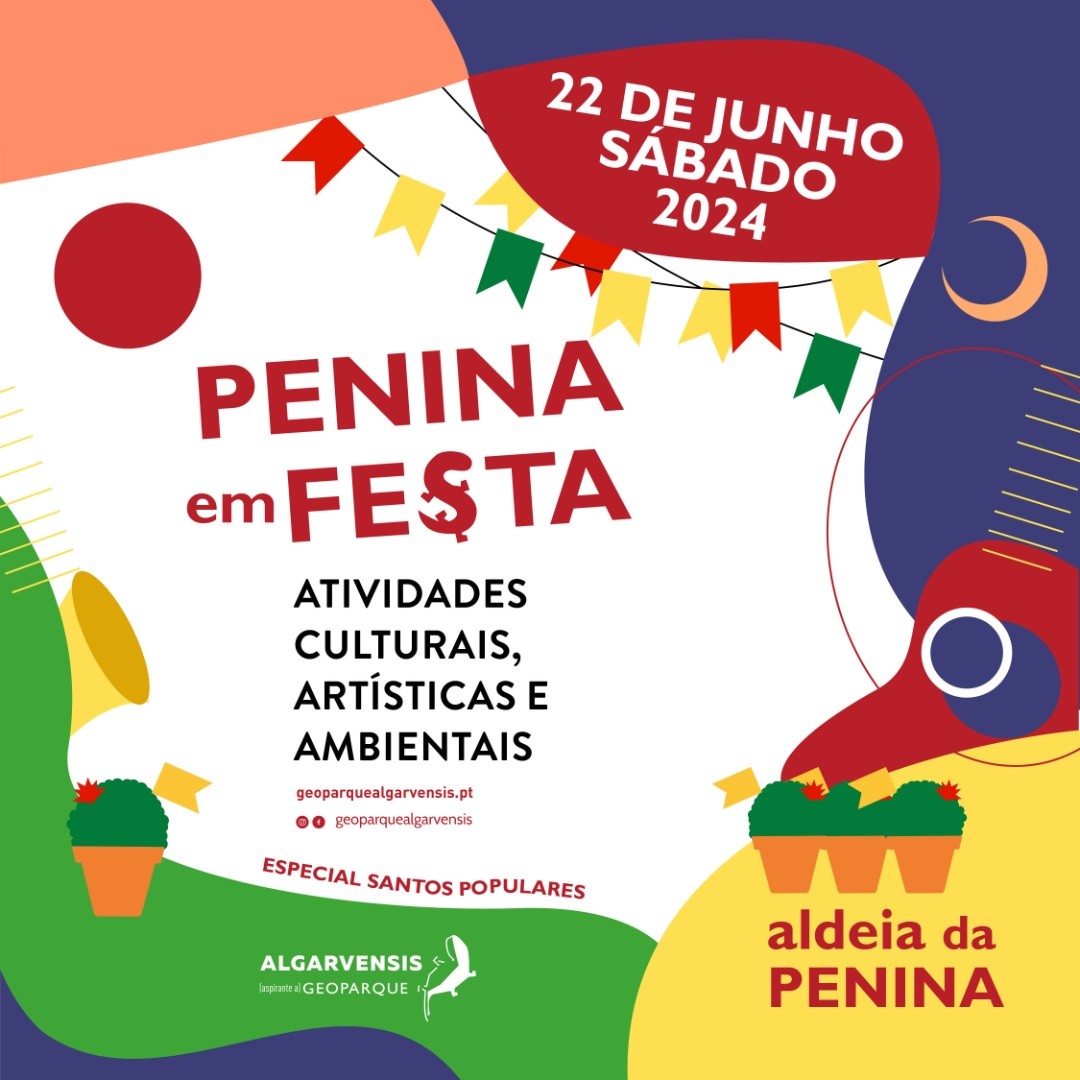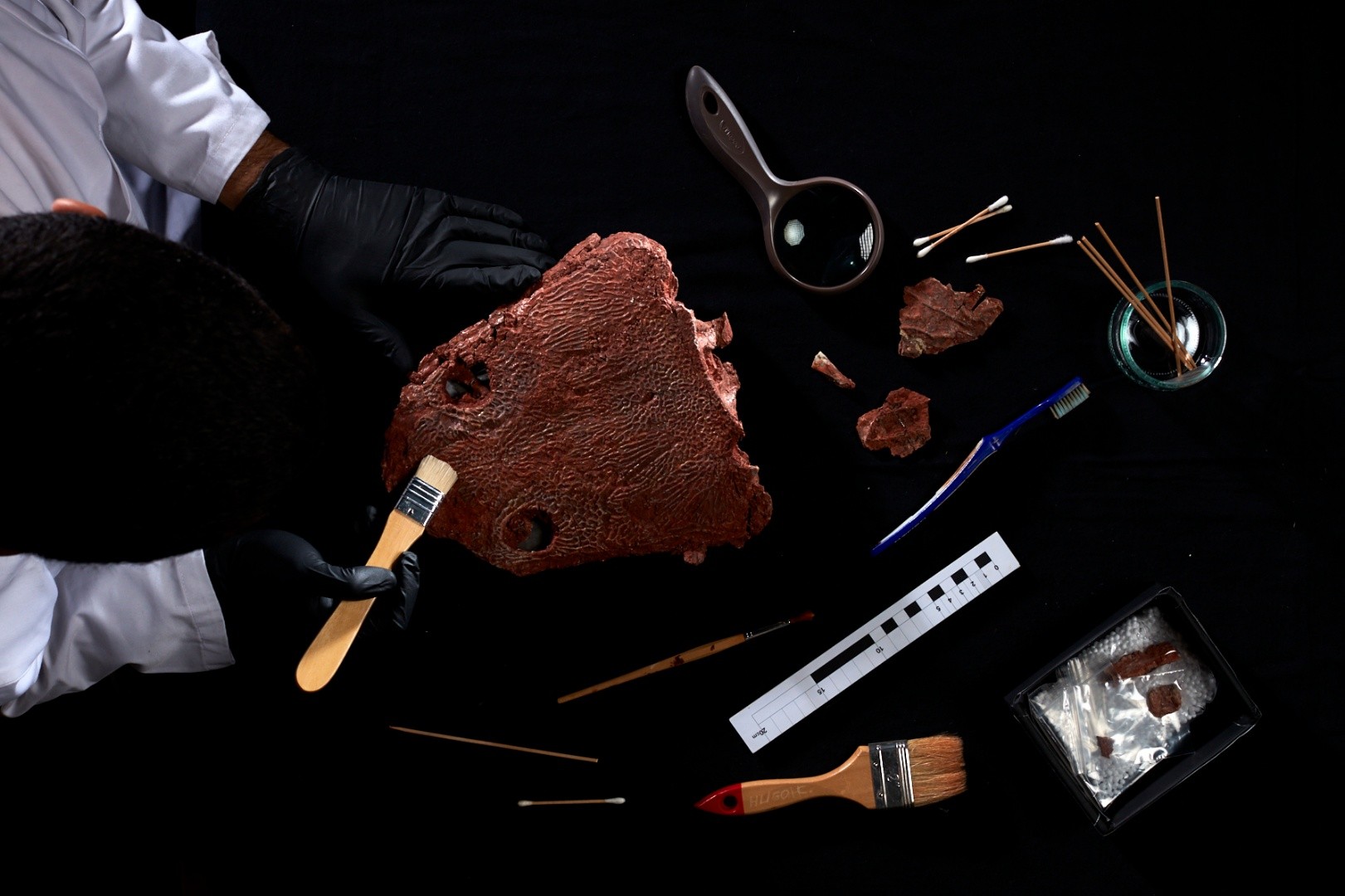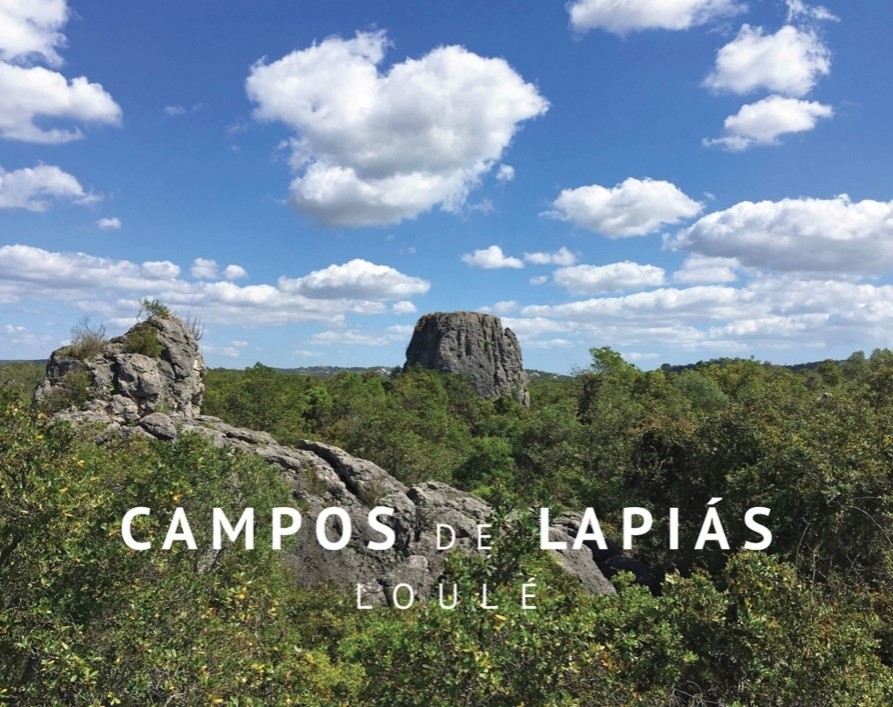The Algarvensis Geopark Project on the citizen science platform iNaturalist (in Portugal, Biodiversity4all) was created on July 12, 2024.
iNaturalist, with its associated mobile app, is a platform that receives observations from anyone who wants to photograph a living being, find out what species it belongs to, and share this information with the community of citizen scientists. It already has almost 260 million entries from all over the world.
Since this type of project functions as a recorded search of observations already published on the platform, the project started with 71,228 records, 5,201 species, and 2,026 observers.
In its first year, the project saw just over 20,000 records added. On July 12 of this year, the number of observations reached 91,254.
In addition, around 500 new species were added, bringing the total to 5,708 for the entire Geopark territory, and 700 new observers joined the project.
More than 2,700 people contributed to these results, and you can check out the list here. If you already use this platform, look for your name and see where you rank.
This group of observers includes participants from the two Flora Algarvensis School Projects - Albufeira, in Arrifes and Escarpão. These were carried out with secondary schools in this municipality, where students from two 10th-grade classes used their phones to record many of the plants in the municipality, some of which are endemic to the Algarve.
The GEOBlitz organized by Albufeira Municipal Council in June, with strong participation from schools, also contributed greatly to the project, both in terms of observations and the involvement of more people, especially students and teachers, in biodiversity issues.
The activities of some environmental associations in the region also had a very significant impact on the number of records and species, contributing to the success of the project.
The Algarvensis Geopark is in a privileged position, as it includes three of the most visited municipalities in the country. Many of the citizen scientists who published their photographs are visitors to the Algarve, both Portuguese and foreign, who saw their records automatically included in this project, which greatly helps to publicize the biodiversity of this territory, both at sea and on land.
In its first year, the project has already demonstrated the strong participation and great interest that biodiversity has for a growing number of people.
On the other hand, it shows that these citizen science applications/platforms have a very positive impact on bringing citizens, even those living in urban areas, closer to the natural environment.
Finally, the Algarvensis Geopark is an invaluable repository of information on the biodiversity of this territory, which is undoubtedly influenced by its extraordinary geological diversity.
But this work is far from finished. On the contrary, we know that this area is likely to have many more species, from all groups of living beings. Therefore, we hope to bring together an increasing number of observers, residents, and visitors, so that we can better understand and protect the biological and geological diversity of these three municipalities.
Miguel Rodrigues




